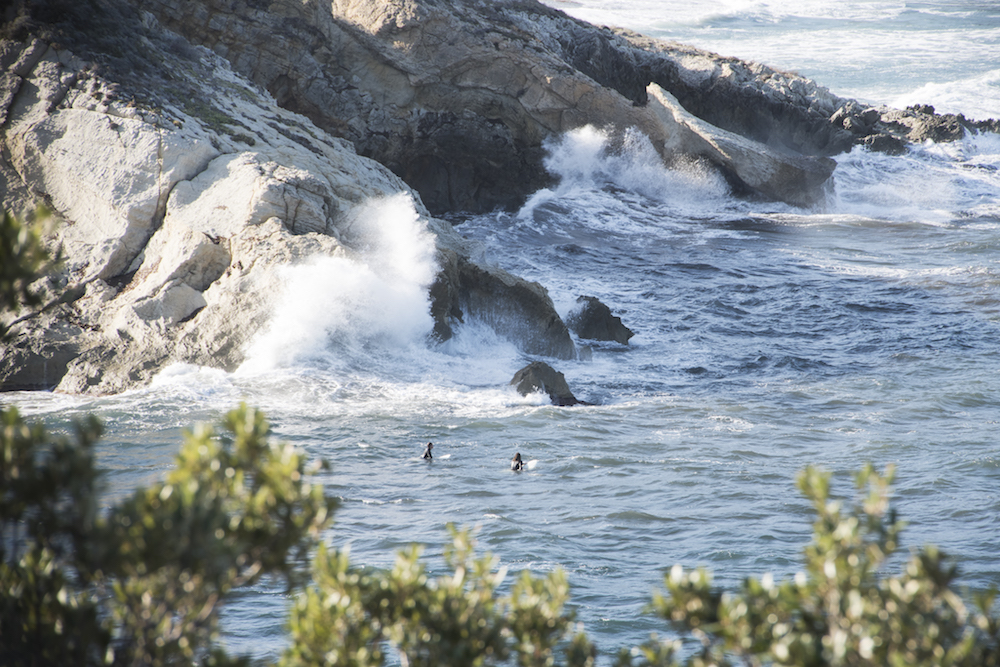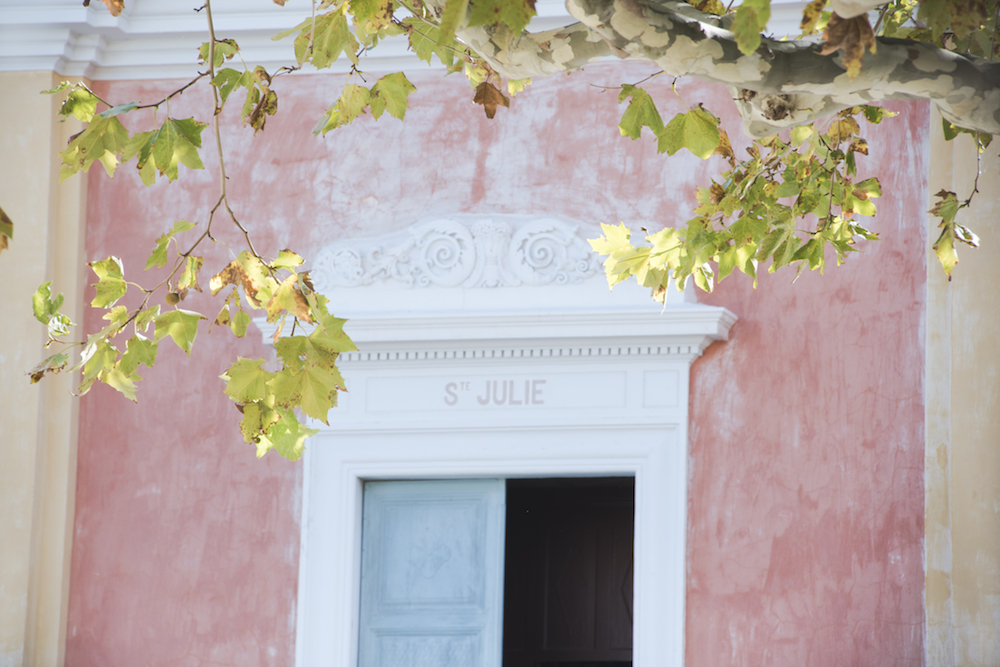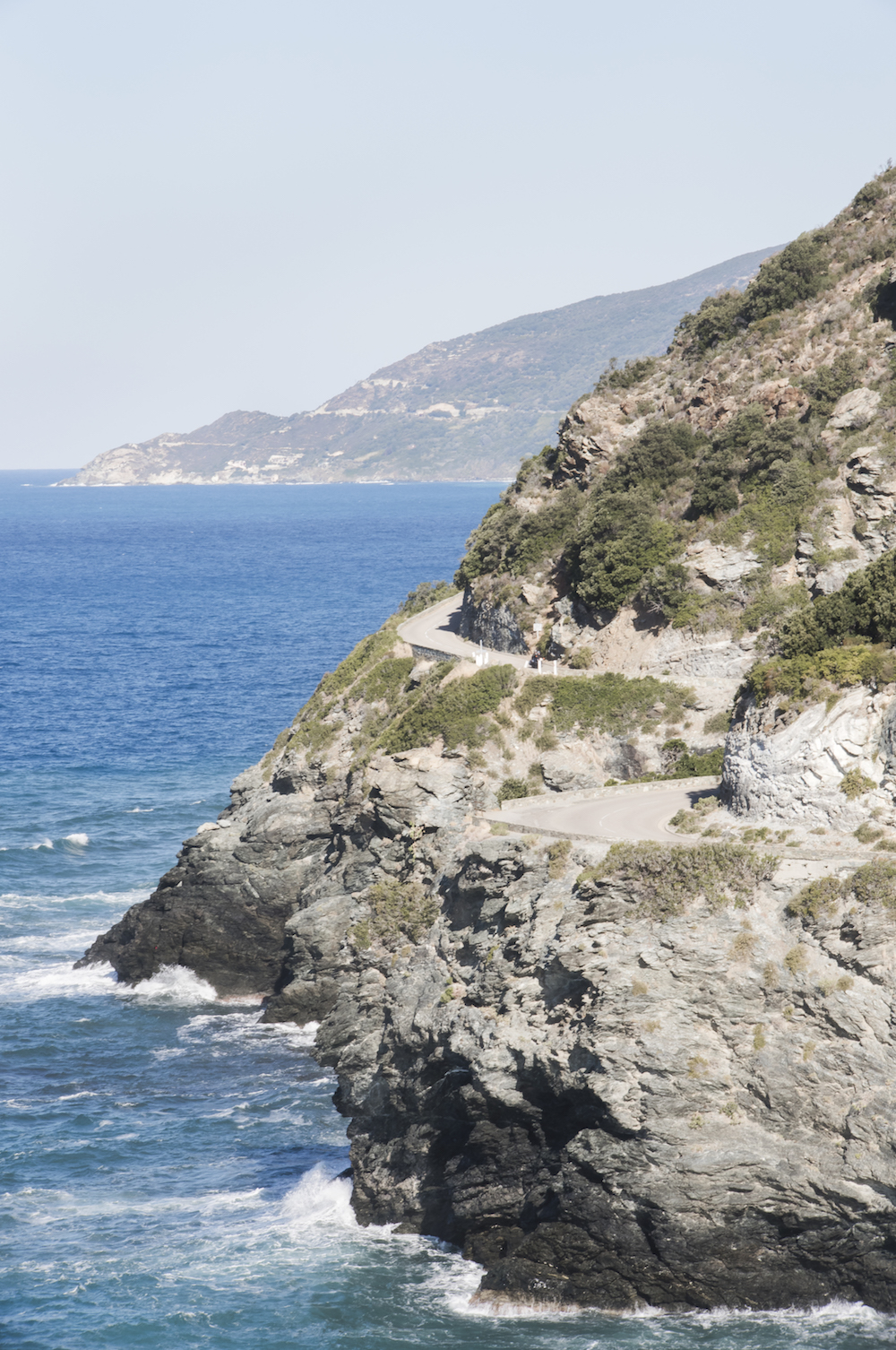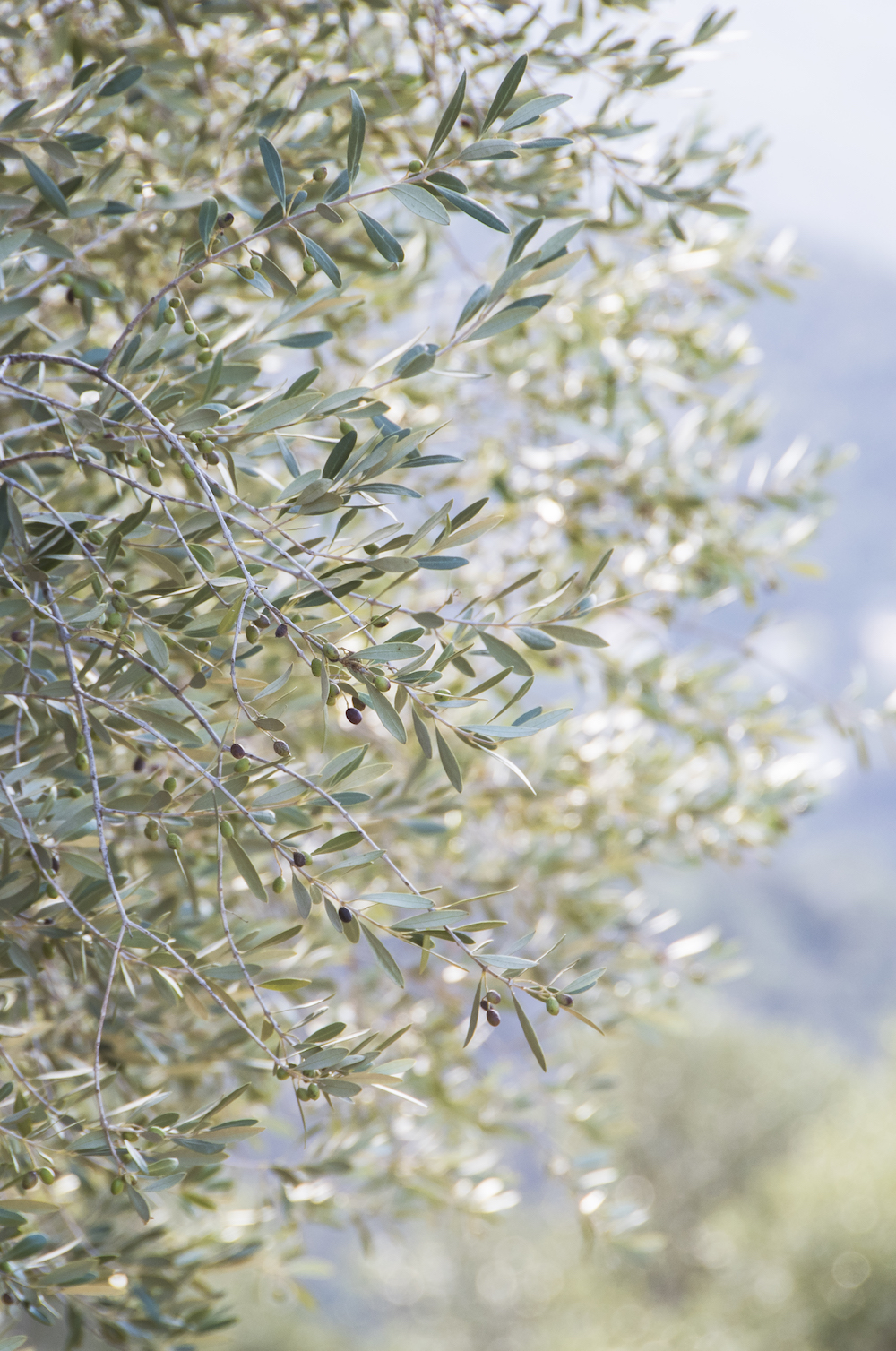Corsican Craft
Words by Kieren Toscan & Photographs by Renae Smith
It was October when we arrived in Bastia, Corsica’s northernmost city. The summer had already left on its annual journey south, taking with it the best of the heat and the bulk of the tourists; a draw I would argue was a win, allowing us to have the still-sun- kissed island all to ourselves. Alas, as a result there are fewer flights to and from Corsica at this time of year and this, combined with vagaries of airline delays, meant it had taken the best part of the day to fly from London. Nevertheless, rest and Napoleonic history were on my mind - even if they required further travel - so my wife and I left the airport to chase the softening glow of the sun west towards La Balagne.



Bastia to La Balagne is not far as the crow flies and, even accounting for the narrow roads that wind and unwind along the way, it should have taken little more than an hour to drive the distance, yet we found ourselves arriving well on the wrong side of two. Traversing the tip of the high granite backbone that runs almost the length of the island proved to be more than we bargained for. But this wasn’t a challenge of conditions, rather one of attention.
No sooner had we started our journey than the landscape began to show us glimpses of its harsh beauty, beckoning us to stop at every turn and marvel at its offerings. Partially covered in dark green, fragrant scrub - which makes up a biome known as maquis - the ranges and peaks seemed to fold over and into themselves, again and again off into the horizon, and grew more indiscernible as the sun receded, almost to the point of confusion. Was that another range? An angry bank of dark clouds making its way towards us? Or something else entirely?
It was harder still to keep moving once the ranges had parted and dropped away to reveal the deep blue of the Ligurian Sea, still sparkling in the early evening light. Bordered in parts by golden sand, topped with the occasional white cap, and finished with gusts of clean, salty air, the scene was one we had known would be bountiful, but was unexpected nonetheless - worlds away from the wintery London we had so recently departed. By the time we reached La Balagne we were wholly enlivened and rendered utterly refreshed, retiring with the travails of travels past a faint memory.
Given our glorious introduction to Corsica, we awoke the next morning greedily wondering what more it would gift us. The answer revealed itself as we arrived in Pigna, a small medieval village of sand-coloured buildings, blue shutters and cobbled alleys, perched on a hillside with expansive views towards the coast. It was here that we had the good fortune to meet some of the artisans of Strada di l’Artigiani - the Artisans’ Road - a serpentine, scenic drive between the villages of La Balagne, conceived in 1993 to help regenerate the region and promote Corsican heritage. Along this route one can find craftsmen and women creating everything from sculptures, ceramics, honey and wine, to leather goods, music boxes, wooden flutes and guitars. Part of the joy of journeying along Strada di l’Artigiani is found not just in the creations encountered but in the time spent with the artisans themselves after you’re welcomed into their workshops, where they reveal just how keen they are for visitors to understand a little more about them, their art and their island home.
Renae and Kieren's full article appears in the Lodestars Anthology France magazine. You can order a copy here.









